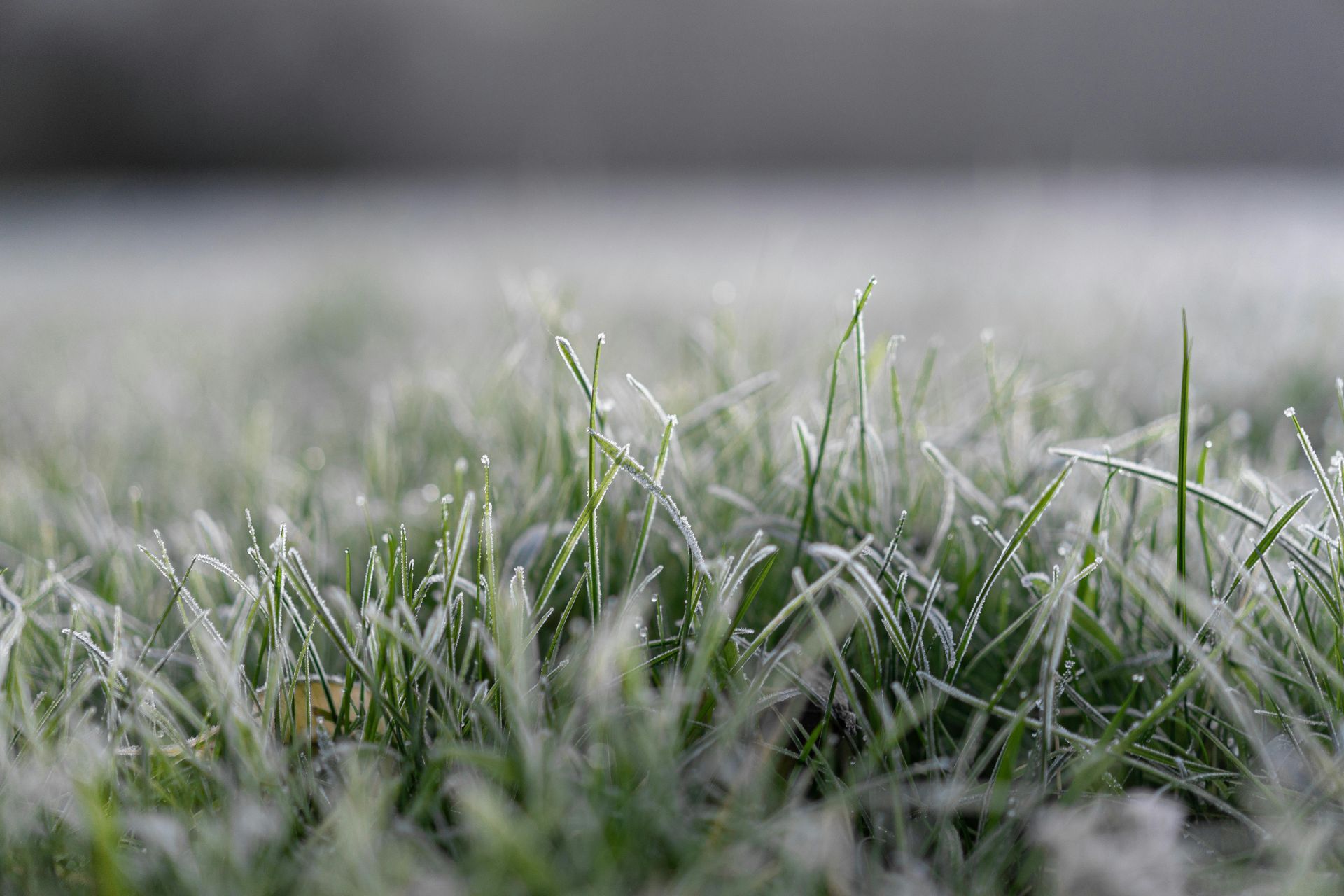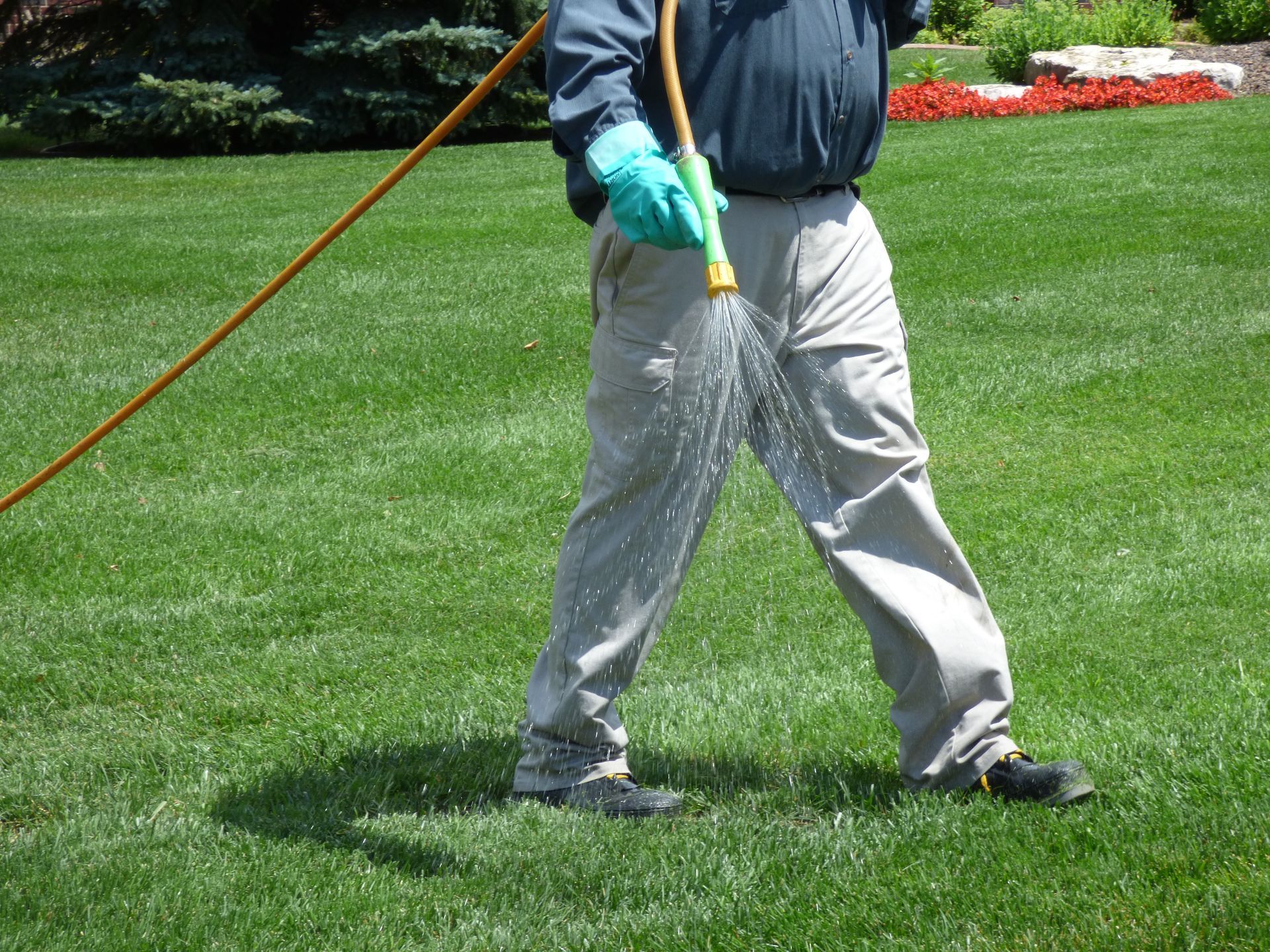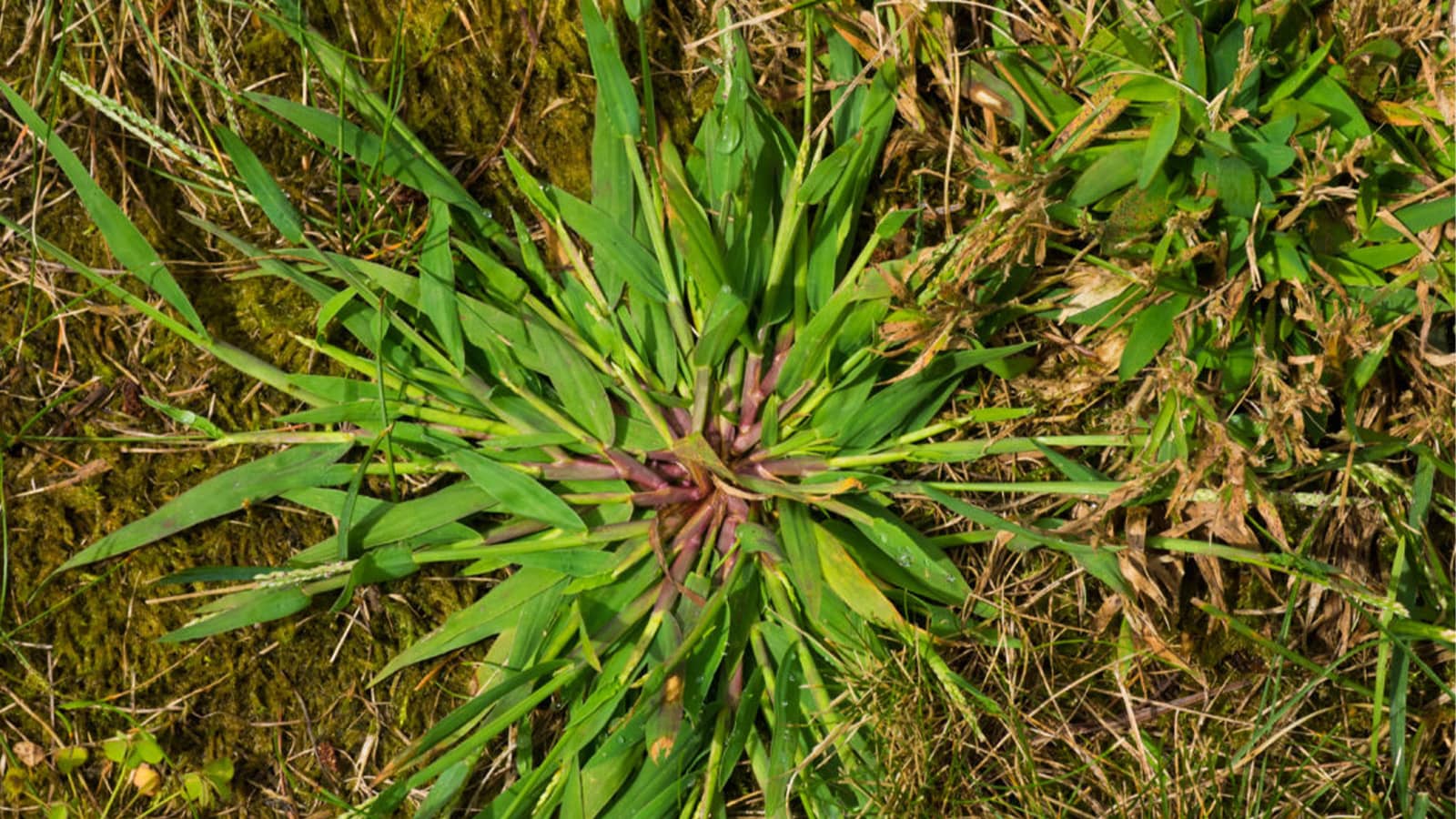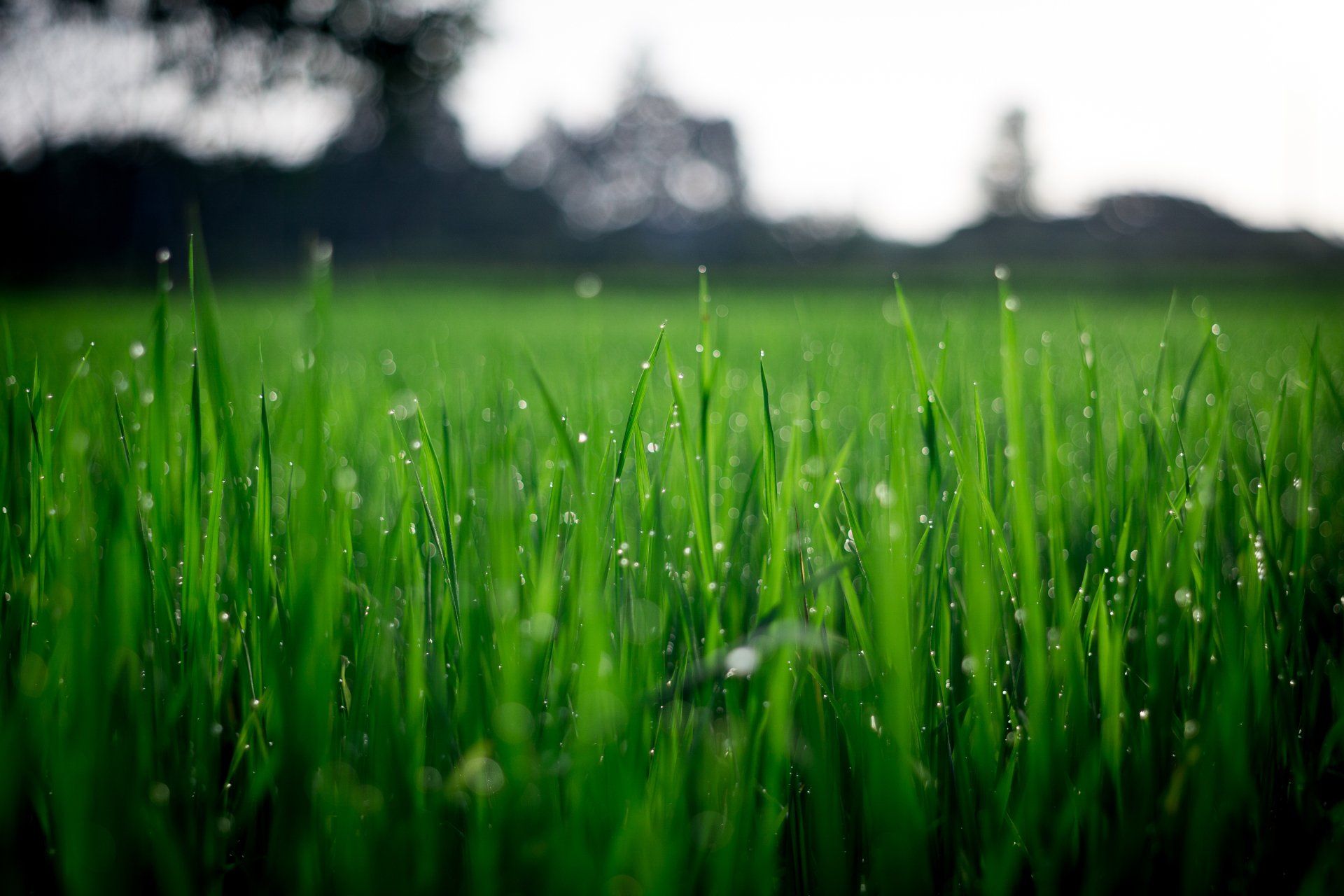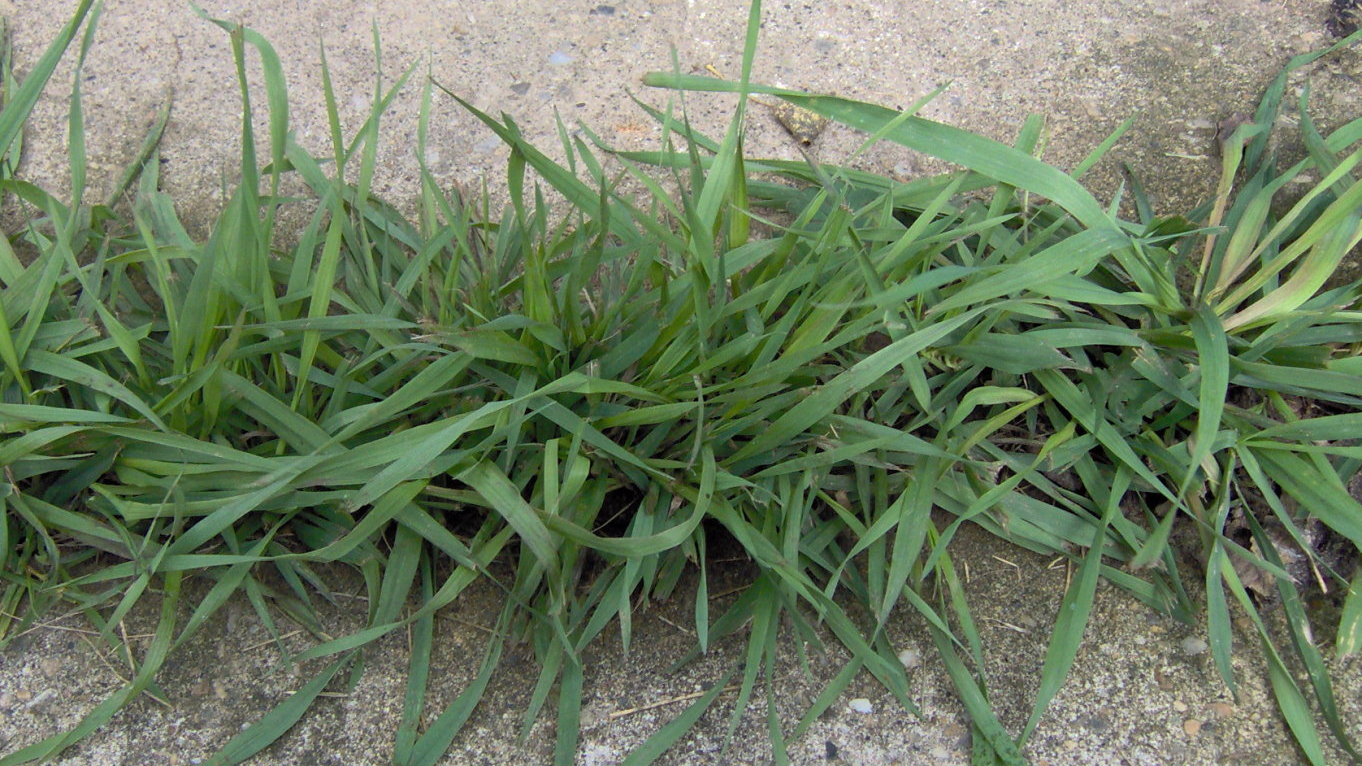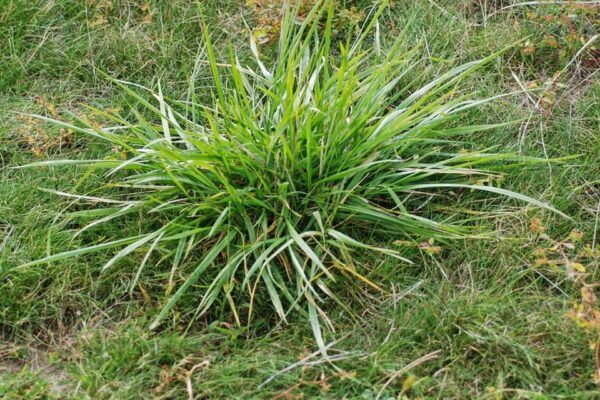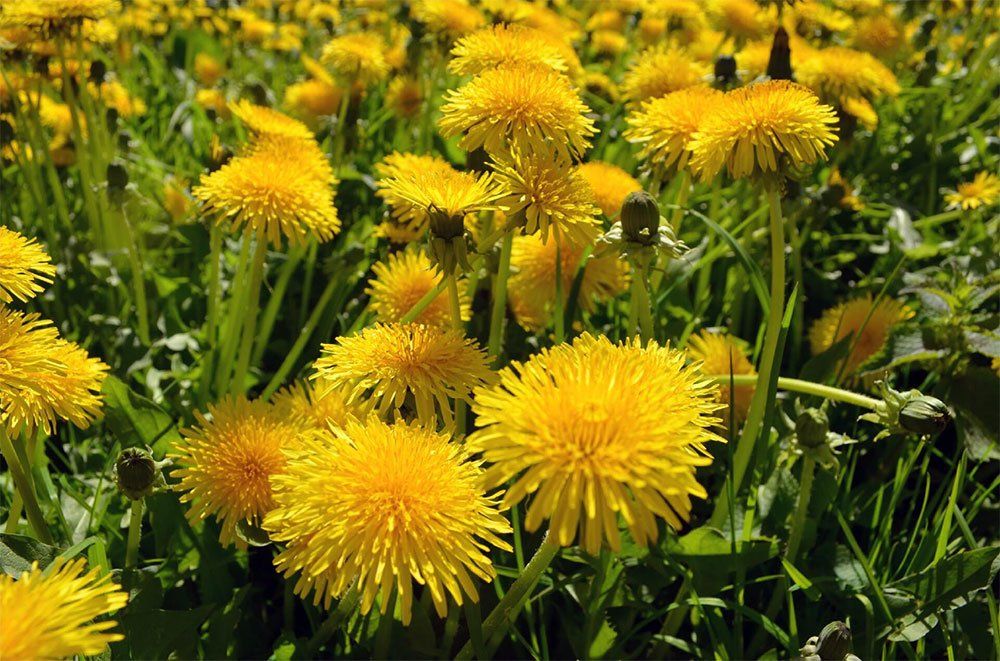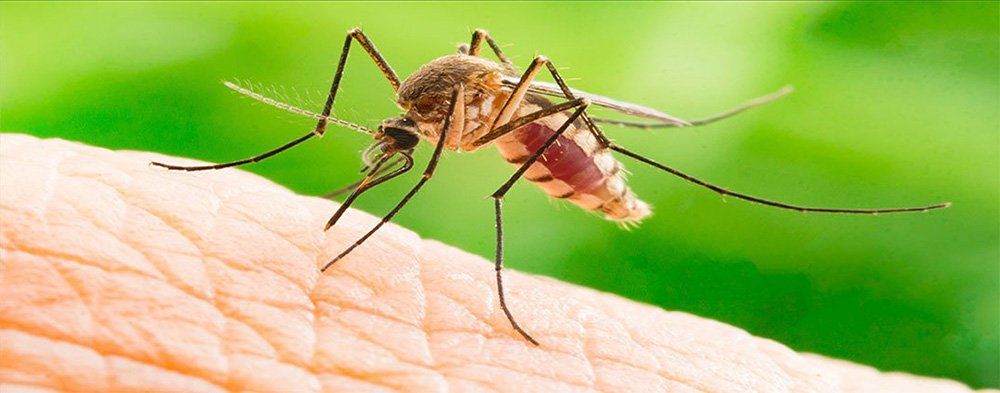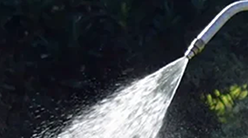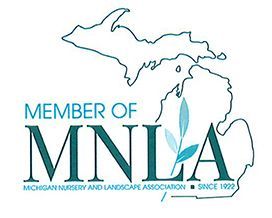Knowing the Difference Between these Lookalikes is Key to a Successful Treatment.
While any weed appearing in an otherwise beautiful lawn is an alarming sight, unwanted grasses are a particular nuisance. Grassy weeds are notoriously hard to eradicate, and many homeowners end up spending a small fortune on DIY methods that just don’t work. One reason for this is that what’s usually identified as crabgrass is just as likely to be quackgrass or tall fescue, neither of which is affected by crabgrass treatments. Learning to spot the differences between these lawn invaders can help you save both time and money.
Crabgrass
One of the most frequently misidentified contenders on our list, crabgrass is an annual weed, several varieties of which are common throughout North America. Spread by seeds that lay dormant until the soil warms, crabgrass thrives in hot sun and poor turf.
Homeowners often begin seeing unwanted grasses in their lawns in early spring and immediately apply any one of the number of crabgrass treatments that show up in garden centers around this time. These early season treatments are bound to fail because what’s actually coming up during this time of year is quackgrass or tall fescue, while crabgrass emerges later in the season.
Known as a summer annual, crabgrass dies off every year.. Tiny new seedlings can appear in Michigan lawns starting in mid to late May, but generally aren’t noticeable until much later, becoming a real eyesore once summer temperatures begin to climb.
Once crabgrass emerges, it can be identified by its color and growth habit. The yellowish green hue of its blades makes crabgrass stand out from surrounding turfgrass and lookalike weeds. Unlike quackgrass and tall fescue, crabgrass has a flat growth habit, spreading outward rather than upward, the better to avoid mower blades. Each plant can produce up to 150,000 seeds that emerge on long, purplish seed heads growing from thick stalks. When pulled, you’ll find that the plant’s roots are fairly shallow and packed together in clumps, unlike the next two nuisance grasses on our list.
Quackgrass
Classified as a noxious weed by the State of Michigan, quackgrass is a fast growing perennial. Often mistaken for its annual lookalike, crabgrass, quackgrass spreads through extensive underground networks of rhizomes as well as seeds.
The easiest way to tell whether you have quack grass or crabgrass is to examine the leaves. Both have wide, grasslike blades, but quackgrass has what’s called a clasping auricle, or a leaf blade that wraps around the stem. In addition, crabgrass tends to flatten itself to the ground, while quackgrass has a more upright growth habit.
A cool season perennial, quackgrass begins to appear in lawns by early spring, its rapid growth quickly making it stand out in the lawn. Left unchecked, it can soon reach heights of up to four feet. Quackgrass spreads swiftly through a system of underground rhizomes growing horizontally under the soil. Rhizomes have sharp, pointed tips that help them cut through even the most tightly compacted soils. As visible growth slows in the heat of summer, these underground runner systems continue to expand and send up new shoots every few inches. Emerging in mid to late summer, seed heads are thin spikes from two to eight inches long, each displaying two rows of seeds. Once temperatures have cooled in the fall, quackgrass will start putting out new shoots, even as other plants begin to die back for the season.
Tall Fescue
Another cool season perennial, tall fescue emerges in early spring in dark green patches that stand out against lawns that haven’t yet greened up. While you’ll see the most vigorous growth in spring and fall, this grassy weed will stay green even through drought conditions and soaring temperatures due to its deep root system.
The blades of tall fescue are rougher to the touch and wider than both crabgrass and quackgrass. Leaves display deep ribs that are visible to the naked eye, with smooth, shiny undersides.
In contrast to the other unwanted grasses on our list, this weed is what’s known as a bunch-type grass, meaning it grows in colonies with well defined borders. This is because unlike quackgrass, tall fescue doesn’t spread through underground rhizomes, but puts out upright shoots known as “tillers” that sprout from the base of each plant, limiting how far a patch can expand. It’s more likely to spread by seed, the seed heads emerging in spring on slender panicles that loosely hold many light brown seeds.
Let Us Handle It
No matter which of the lookalikes invades your yard, Custom Personalized Lawn Care has the answers. Call our Michigan lawn care experts at (800) 570-3313 or get a weed control quote here.
Stay informed by subscribing to our blog and be the first to know about our latest special offers by following us on Facebook and Twitter.
